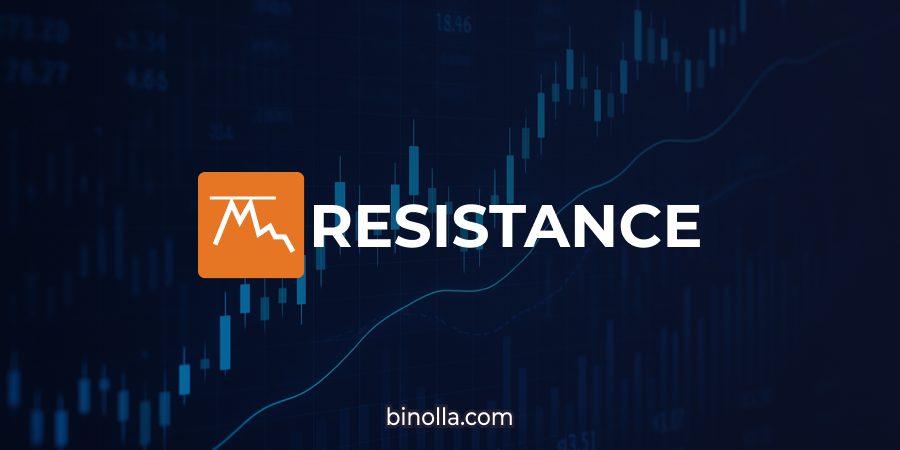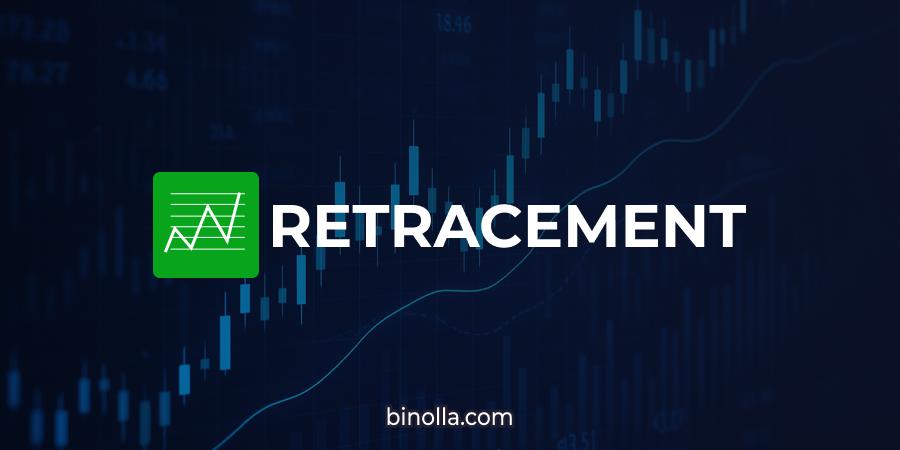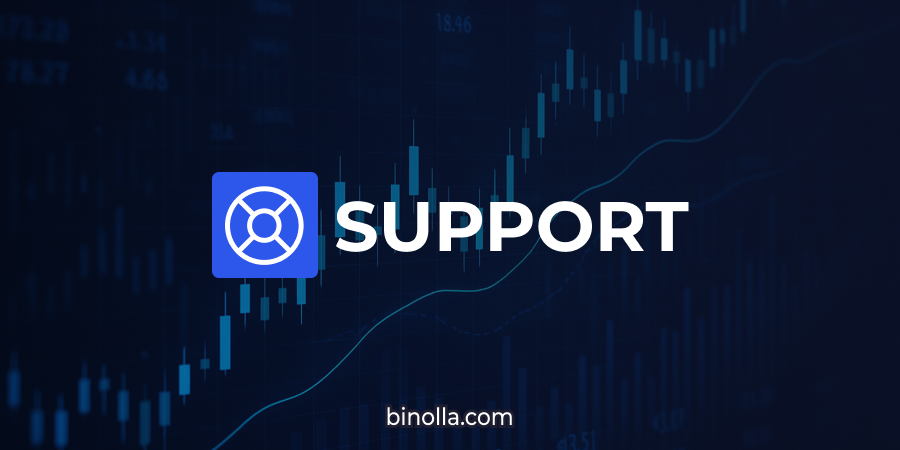Reversal

A reversal stands for a full-fledged change in the price movement direction. If the price moves upwards, it will change direction to the downside after a reversal. Conversely, if the quotes move downwards, they will become to rise when a reversal takes place.
Reversals are used by traders in various strategies. When it comes to digital options, a trader can buy a Higher contract when the price stops moving downwards and reverses upwards. They can also buy Lower contracts when the quotes stop moving upside and change direction to the downside.
CFD traders buy an asset when the upside reversal occurs and sell it when the downside reversal takes place. Reversal may happen gradually or even sharply. They are often driven by market sentiment changes and important data releases.
How to Spot Reversals
To identify reversals, market participants use various tools from technical analysis indicators to candlestick patterns. Some of the most popular include:
- Trading patterns. Such formations as double/triple bottom/top, head and shoulders/inverted head and shoulders, wedges, and others may help traders identify reversals.
- Candlestick formations. Such patterns as hammer/inverted hammer/shooting star/hanging man, bearish/bullish engulfing, and others will tell you that the market sentiment is changing and a reversal may occur.
- Support and resistance levels. When the price reaches key support or resistance levels, a reversal may occur.






